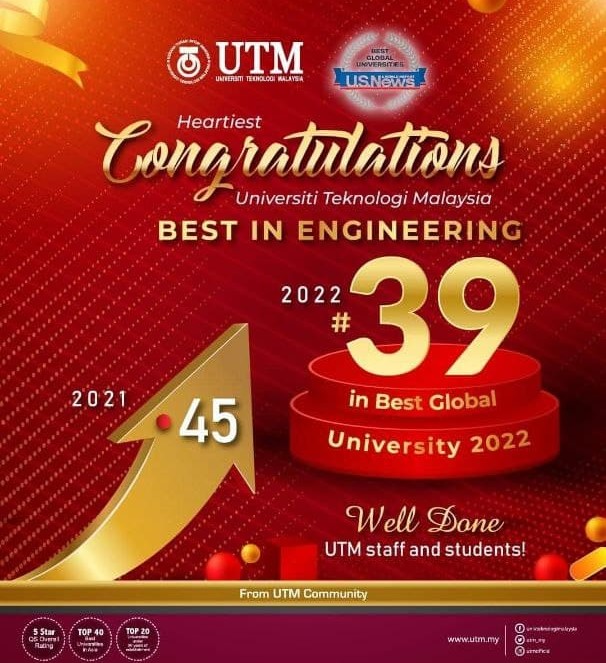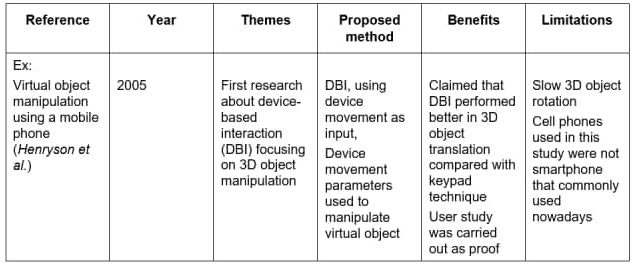After reading, collect the essential information/content from the paper you read by forming a matrix that fulfill the following requirements:
- Authors info, remember, the same authors may have many similar papers, so always snowball the same authors.
- Independent Variables (IV): Extract all necessary IVs and Dimensions. This is when you can decide on the kind of variables that you can choose to investigate.
- Dependent Variable: This is the main Variable, so if you want to focus on specific study, you can choose not to investigate similar DVs, cause its already investigated.
- Moderator/Mediator: Here you can analyze types of Moderator/Mediator used in other studies.
- Theories: The crucial portion to connect all Variables, might be 1 or more variables. Pick n choose the appropriate theory for your study.
- Finally choose the method most suitable with your study based on the literature.
**Note: Remember, you can always interchange IV/DV/MV, and combine different requirements to form a scenario.








Recent Comments